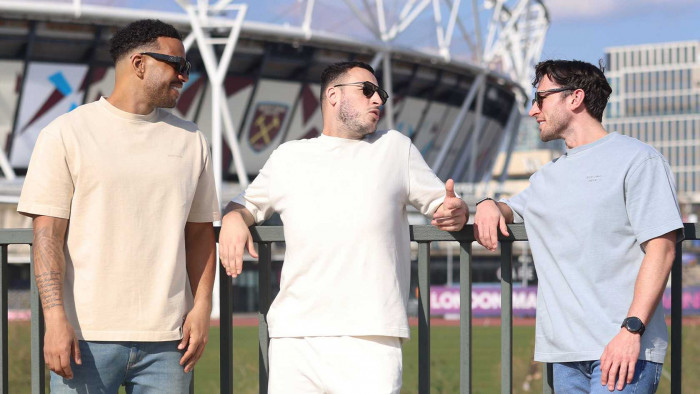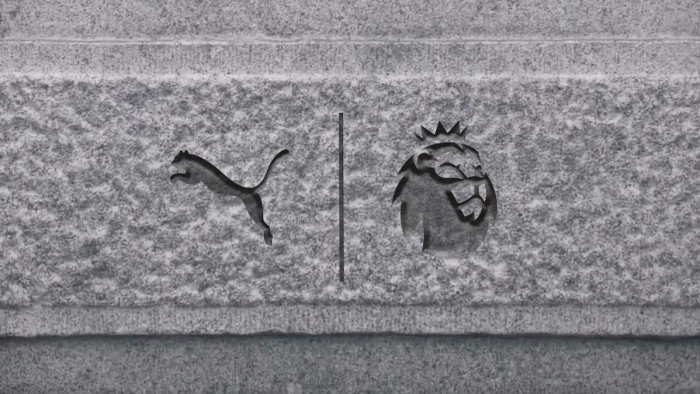“It feels like having a Chinese burn, for six hours”: Geraint Thomas on the incredible pain of winning the Tour De France
Tour de France winner Geraint Thomas on how he’s turned agony into an artform


When Geraint Thomas became the first Welshman to win the Tour de France yesterday, it came as a surprise to a great many people. Not least Geraint Thomas himself.
It’s not that his talent or credentials were ever in doubt – this is a man with two Olympic gold medals and several other prestigious titles under his belt, and the nickname ‘Super G’ – but crossing the line in Paris with the iconic yellow jersey clinging to his wiry frame was not part of the script. He was supposed
One of the most surprising things about his win, though, was the fact that over a punishing 21 days and 3,351km of racing, the Cardiff man actually stayed upright the entire time. Over the years, a combination of bad luck and his own commitment to tearing it down mountainsides has seen Thomas involved in more than his fair share of crashes.
Becoming Tour de France champ hasn’t come easy. We caught up with Super G to hear about the aches, pains, burns and breaks he’s suffered along the way.
In cycling, the pain is daily. It’s a different kind of pain to boxing or rugby. In those sports, it’s high impact and intense, whereas in cycling it’s sustained. It feels like having a Chinese burn, for six hours straight.
The mental suffering is just as bad. Pain is probably the wrong word for that, but just having to be out on the road for hours at a time, day after day, is gruelling. You always have that devil on your shoulder saying, ‘four hours will be enough today’ or ‘why don’t you just take that shortcut home?’. It’s hard to push through that, mentally.
I enjoy the suffering. It’s addictive. In the off-season, when you don’t ride your bike for four weeks, you miss that soreness in your legs. And each time you come back from doing six or seven hours on the bike, you feel wasted, but it’s a nice feeling too. In a sadistic sort of way. You know that once you’ve recovered, all that pain will come good.

Geraint Thomas celebrating winning the twelfth stage of the Tour de France on July 19, 2018
Crashing is part of racing. That’s a much more intense type of pain than the daily burn. But you can’t think about the negative side or it’s just going to hold you back. You don’t think about the risks while you’re on the bike, but afterwards you can be like, ‘woah, that was a crazy section there.’
The most dangerous races are the Classics. You’re riding over narrow roads and everyone’s fighting for position. You can be six abreast, all racing into a 90-degree corner. That’s when it gets sketchy.
I had my spleen out after I crashed in Australia, in 2005. It was during training. One of the guys in front of me didn’t see a bit of metal debris on the road. He clipped it with his back wheel, it went into my front wheel, and it just stopped me dead. I landed on my handlebars and ruptured my spleen. I’ve also broken my collarbone, my scaphoid, and fractured my pelvis. Twice.
Related
- The incredible loneliness of being superhumanly strong
- “I’ve eaten pure fat as a meal”: A former World’s Strongest Man reveals all
The most painful crash I’ve had was when I fractured my pelvis for the second time. It was day one of the 2013 Tour de France. Someone hit me from the side and I flipped over my bars. I was told that I was still able to ride, and that it wasn’t going to make the injury any worse, so I just carried on. I was able to finish the race in the end, 20 days later in Paris, but I was in pain nearly every day. Why did I keep going? It’s the Tour de France – the biggest race in the world.
It’s not just your legs that hurt. During a big heavy block of training – or during a Grand Tour race – when you’re doing five or six hours every day, it’s your lower back too, and your glutes. And obviously your, um, undercarriage can get sore, so to speak.
There are no easy races. You’re definitely more tired at the end of a 21-day Grand Tour, but at the same time, after a 5-day stage race, or a one-day race like Paris-Roubaix, you’re knackered by the end. [Because] you’re always going to empty the tank. As soon as you take that pin out and relax, be it after one day or 21 days, that’s when it hits you. You shut down and feel the pain even more.
You might be hurting, but you don’t want to show any weakness to your rivals. We focus on that in training: having strength in numbers as a team. You could be feeling really bad, but if you can grit your teeth and get over that climb so we’ve still got four guys at the top, the other teams assume you’re all cruising. It creates a perception in the peloton – ‘they’re strong today’ – and you win the mental battle straight away.
You try not to be too conscious of how people are doing around you. It’s easy to get wrapped in thoughts like, ‘I’m suffering now but everyone else looks so good, I must be on a bad day’. But then you get through that little bad patch and all of a sudden other people have gone [out the back]. It’s better to stay in your own world.
You get numb to the pain. It’s just the norm to feel tired, and you get into a groove of managing the aches and pains.
This interview originally appeared in Issue 519 of ShortList Magazine. Thomas is an ambassador for Prudential Ride London.
Illustration: Mike Hughes
Image: Getty
Latest
Related Reviews and Shortlists









